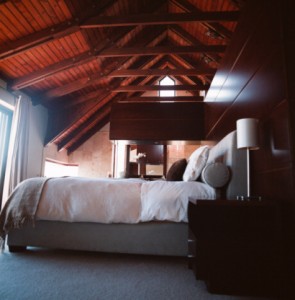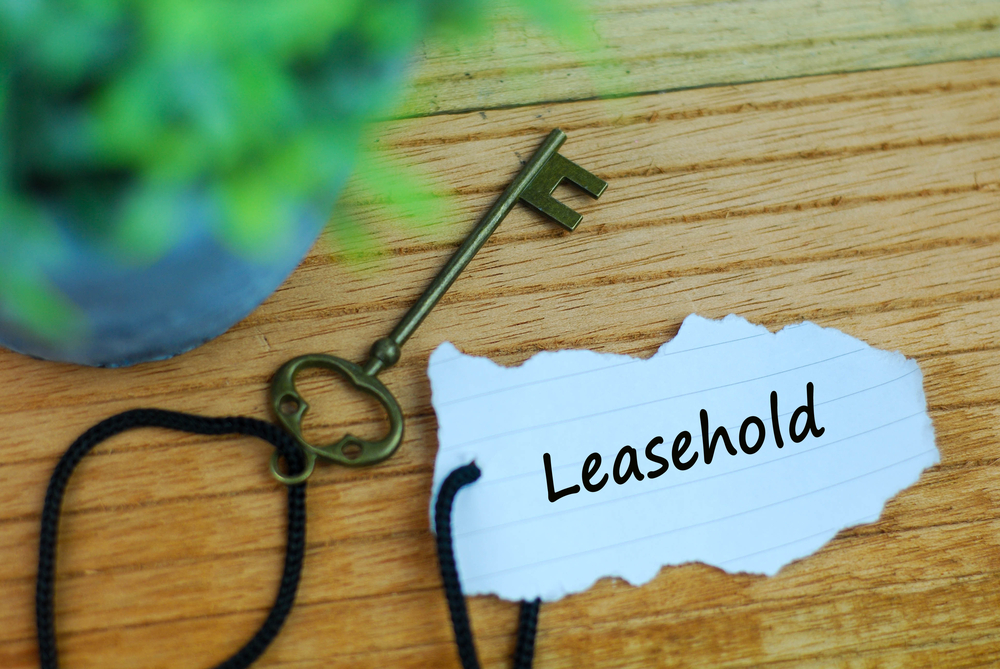Loft conversions are an excellent way of adding value to your home and creating more space, without having to increase the footprint of the property.
They can often be completed without planning permission and at a relatively low cost compared to a full extension.
 Andy Garwood from BeSure Building and Maintenance Services has some top tips if you are considering a loft conversion:
Andy Garwood from BeSure Building and Maintenance Services has some top tips if you are considering a loft conversion:
1) Not every home is suitable.
The first step is to find out if a loft conversion would be appropriate for your property. Suitability is based on the head height and the practicalities of installing a staircase.
2) Planning Permission
Under the current rules covering permitted development you may increase the floor area of your property by 40 or 50 cubic metres without needing planning permission (depending on the size or your property).
With a loft conversion you will be limited on where you can place windows but otherwise you should be able to complete a loft conversion with building regulations approval only.
Also, wherever you live, if your loft conversion involves any extension of the roof space, you may find that planning is needed. So it’s always best to check first.
3) How much will it cost?
It depends on how large the conversion is, what building work will need to be done, if any plumbing or electrical work is required and the eventual purpose of the room.
As a rough guide, a 50m loft extension will be between £30-35k. This includes everything – planning, drawings, building and conversion work, plumbing and electrics and an ensuite.
With a loft conversion it’s not worth cutting corners in order to save a few pounds – this is a room you want to enjoy and that will add value to your home. However, it is worth asking your building about i/beam. BeSure has found that this new technology can save money on supporting RSJs without any reduction in quality.
4) Regulations
In addition it’s essential that your loft conversion complies with all relevant regulations including those for insulation. This will help you save money in the longer term and make your room more environmentally friendly. Another green option to consider is LED lighting – this will reduce your electricity costs and the payback is usually as quick as 18 months.
5) Choosing the right builder
It’s always best to look at a builder’s past experience. Ask them to show you a loft conversion they have completed locally. Also check that they are a member of the Federation of Master Builders, and of the Contractor Health and Safety Scheme (CHAS), which is externally audited. In addition they should also be members of ConstructionLine which means they are financially secure and unlikely to go out of business part way through a job, leaving you with an unfinished conversion and no money.
Overall, you can expect that adding a loft conversion will increase the value of your home or its rental value by more than you will spend. However you should never squeeze a loft conversion in if it means sacrificing a bedroom elsewhere (to house the stairs for example). Your loft conversion should add to the home and never detract from it.







